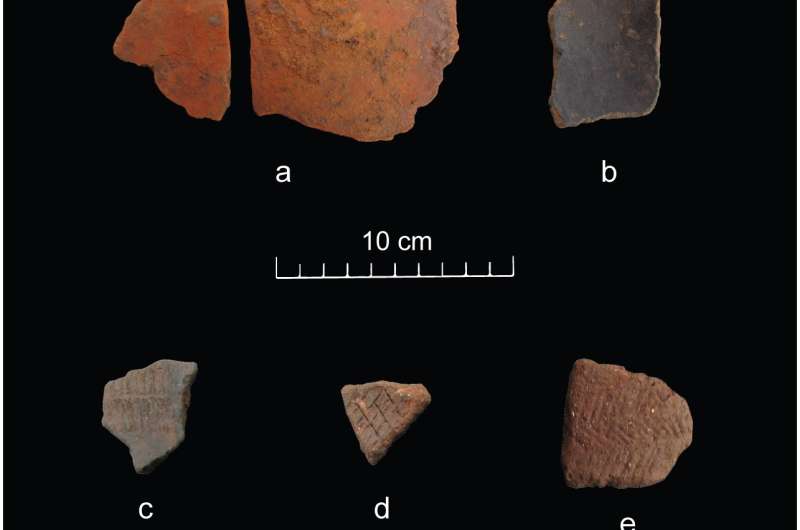Ancient Brazilian pit house occupied continuously for centuries

Prehistoric proto-Jê Brazilian peoples may have continually renovated and extended their pit houses to allow occupation over centuries, according to a study published July 6, 2016 in the open-access journal PLOS ONE by Jonas Gregorio de Souza from the University of Exeter, UK, and colleagues.
Pit houses, covered buildings which are partly dug into the ground, were used by prehistoric South American proto-Jê peoples. It was previously thought that the proto-Jê pit house villages of the southern Brazilian highlands were abandoned and later reoccupied over time rather than inhabited continuously. However, the authors of the present study re-examined this assumption, using comprehensive AMS radiocarbon dating and Bayesian modelling of one very large or 'oversized' pit house in Campo Belo do Sul, Brazil, to characterize how it was used between Cal. A.D. 1395 and 1650.
They found that the house had likely never been abandoned in this period, but was instead continually occupied and extended over the years. Occupants built new floors on top of old, and the authors found twelve well preserved floors in total, five of which were covered by completely burnt collapsed roofs. The authors suggest that the home was occupied for over two centuries by a single family or group, and as time went on, they used different types of ceramics and techniques to renovate and update their home.
Jonas Gregorio de Souza said: "Our research shows the disparity in domestic architecture in the southern Brazilian highlands. We have highlighted that it is important to use radiocarbon dating on individual structures to understand how and for how long homes were occupied.
While the study was based on a single house and the authors were not able to draw conclusions about the function of such very large structures, this study provides insight into the permanent dwellings and elaborate architectural renewal rituals that existed in southern proto-Jê communities at this time.
Jonas Gregorio de Souza noted: "We now know more about the way these groups lived, and are able to challenge the view, dominant until relatively recently, that these were marginal cultures in the context of lowland South America."
More information: Jonas Gregorio de Souza et al, Understanding the Chronology and Occupation Dynamics of Oversized Pit Houses in the Southern Brazilian Highlands, PLOS ONE (2016). DOI: 10.1371/journal.pone.0158127
Journal information: PLoS ONE
Provided by Public Library of Science



















